In a move that underscores both Los Angeles’s futuristic ambition and its logistical pragmatism, the LA28 Olympics and Paralympic Games will mark the global debut of electric vertical takeoff and landing aircraft (eVTOLs) as a viable mode of urban transport. Archer Aviation, a California-based aerospace company, has been officially selected as the air taxi provider for the Games, according to a May 2025 announcement from the LA28 Organizing Committee.
For decades, city planners, technologists, and futurists have floated the idea of flying cars and vertical cities. Now, the LA28 Olympics will serve as a high-profile proving ground for what may become a permanent fixture in urban mobility: short-haul electric air taxis that lift passengers above congested roads, delivering them to their destinations in minutes instead of hours.
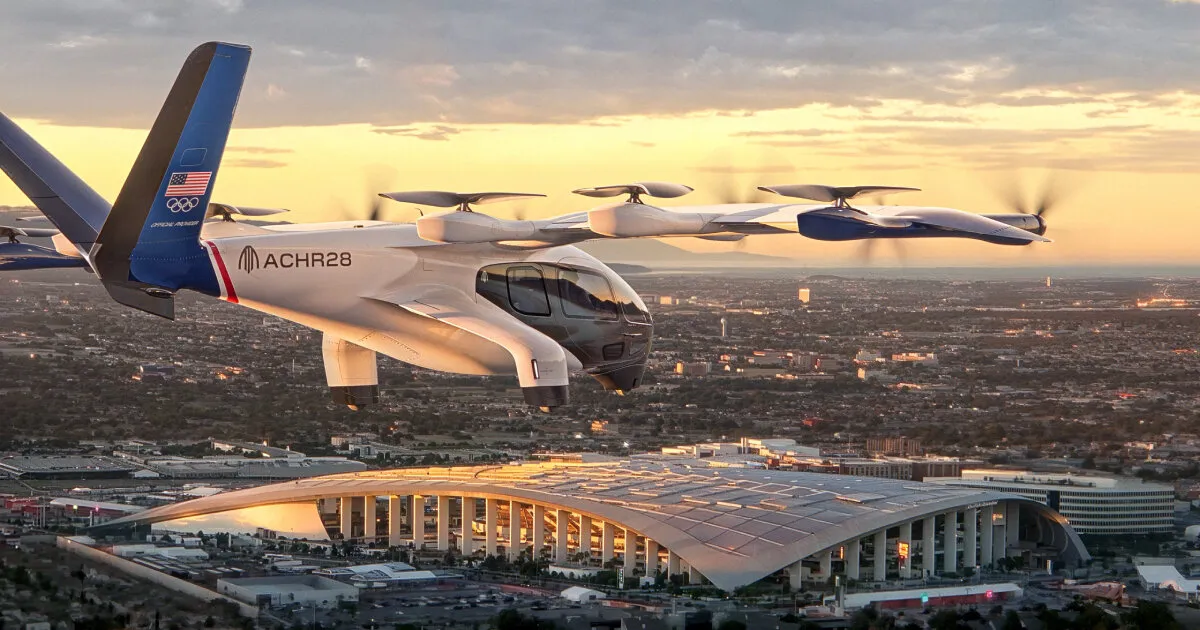
Archer Aviation’s Midnight Aircraft
At the heart of this initiative is Archer Aviation’s flagship aircraft, Midnight, an all-electric vertical takeoff and landing vehicle designed for rapid, short-distance travel. Capable of flying up to 100 miles on a single charge with a cruising speed of around 150 mph, Midnight represents a fundamental shift in how cities might address the challenges of scale, sprawl, and traffic congestion.
Unlike conventional helicopters, which are noisy, carbon-intensive, and costly to operate, Midnight is engineered for quiet, sustainable operation. According to Archer, the vehicle generates noise levels below 45 decibels during flight, a subtle hum comparable to the ambient buzz of a suburban street. Its all-electric propulsion system significantly reduces carbon emissions, aligning with LA28’s broader sustainability goals.

The aircraft is also designed with rapid turnaround in mind: five-minute battery charging cycles and a pilot-plus-four-passenger seating configuration make it well-suited for urban shuttle services, particularly during high-volume events like the Olympic Games.

LA28 as a Launchpad for Aerial Urbanism
Los Angeles has long wrestled with its reputation for paralyzing traffic. Hosting the world’s largest sporting event only compounds that challenge. Enter air taxis, not as science fiction, but as a pragmatic tool for select, high-priority transit flows during the Games. While these flights won’t be available to the general public en masse, they are expected to support the movement of athletes, officials, and potentially ticket holders who require secure, time-sensitive transport across the city.
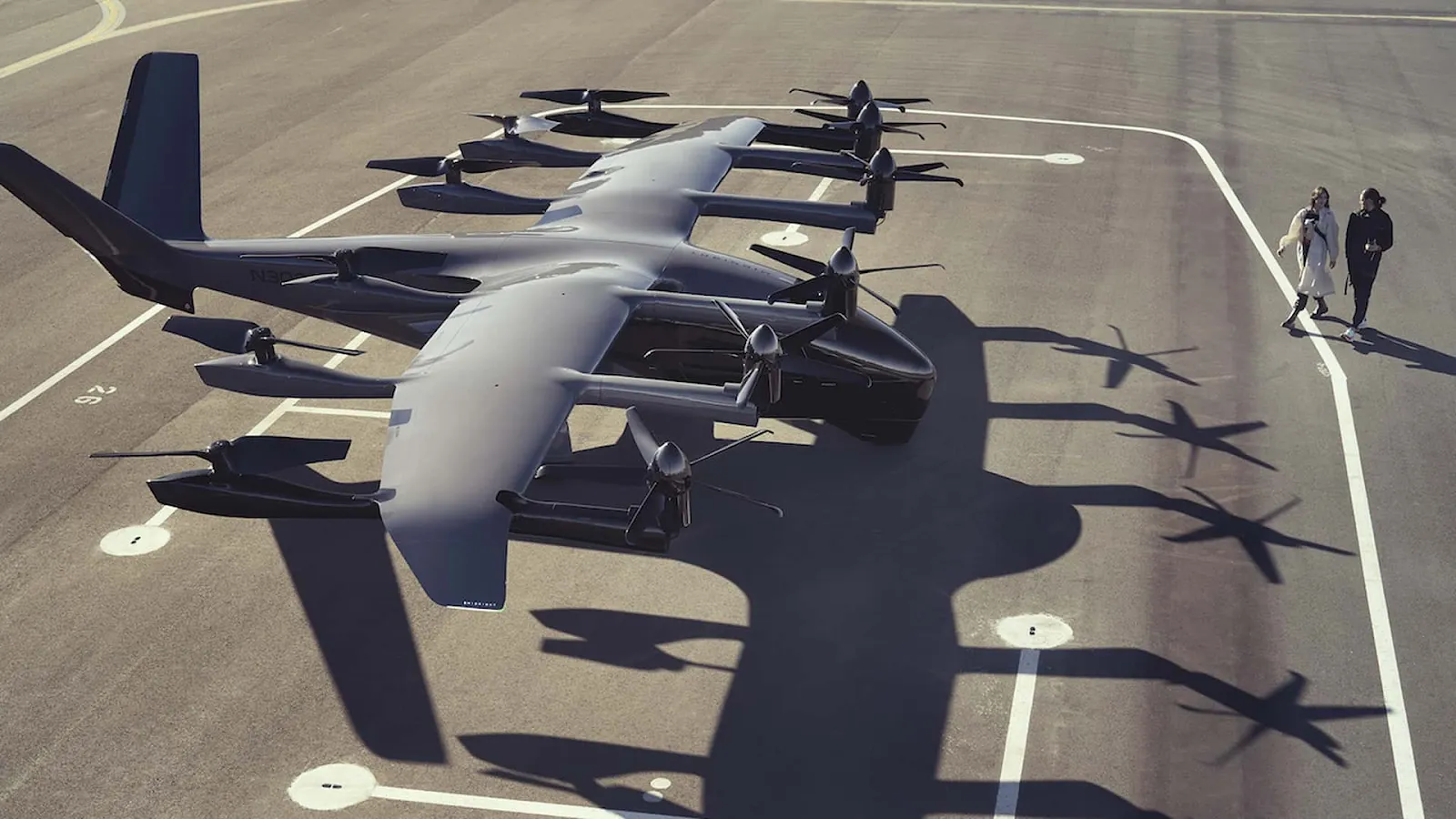
The Olympics provide a uniquely visible and controlled environment to introduce this new infrastructure. “Our goal is to showcase how this technology can improve urban mobility,” said Adam Goldstein, CEO of Archer Aviation, during the official announcement. “The Games offer an opportunity to demonstrate not only operational capability but also public confidence.”
The integration of air taxis into the LA28 Games is not merely about moving people, it’s about shaping perceptions. Much like Tokyo 1964 introduced the world to the Shinkansen bullet train, and Barcelona 1992 transformed the city’s waterfront, LA28 aims to leave a legacy of transportation innovation that could permanently alter how the city, and others around the world, think about commuting in the 21st century.
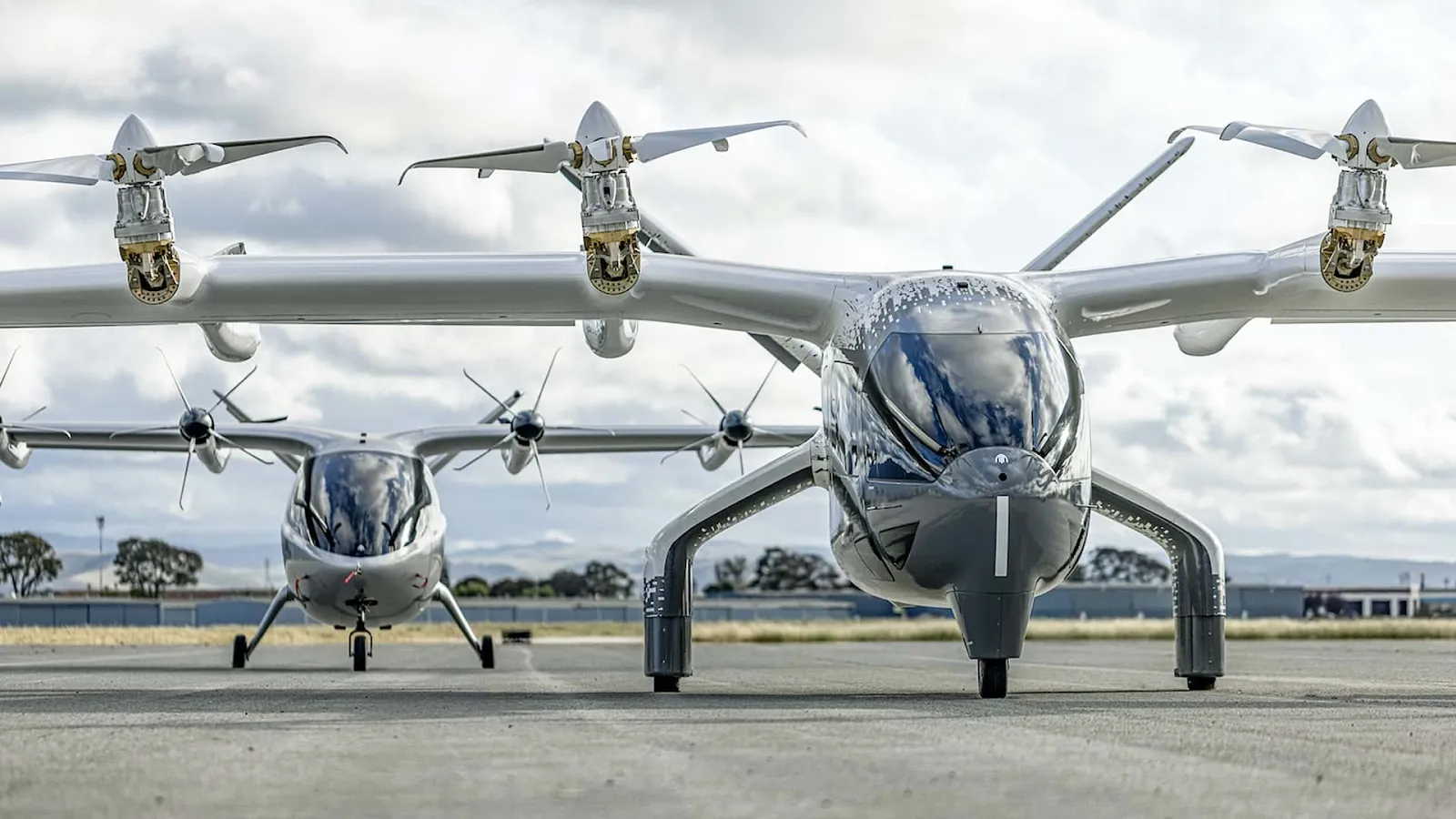
Infrastructure and Vertiports
To accommodate this leap in transport design, the city must prepare the ground literally for takeoff. Archer has partnered with United Airlines, which has already invested in the development of a network of “vertiports,” strategically located takeoff and landing zones that connect major Olympic venues and transportation hubs. These sites will be equipped with rapid-charging infrastructure, noise abatement features, and clearances from the Federal Aviation Administration (FAA), which is currently working through regulatory frameworks to certify eVTOL operations by 2025.
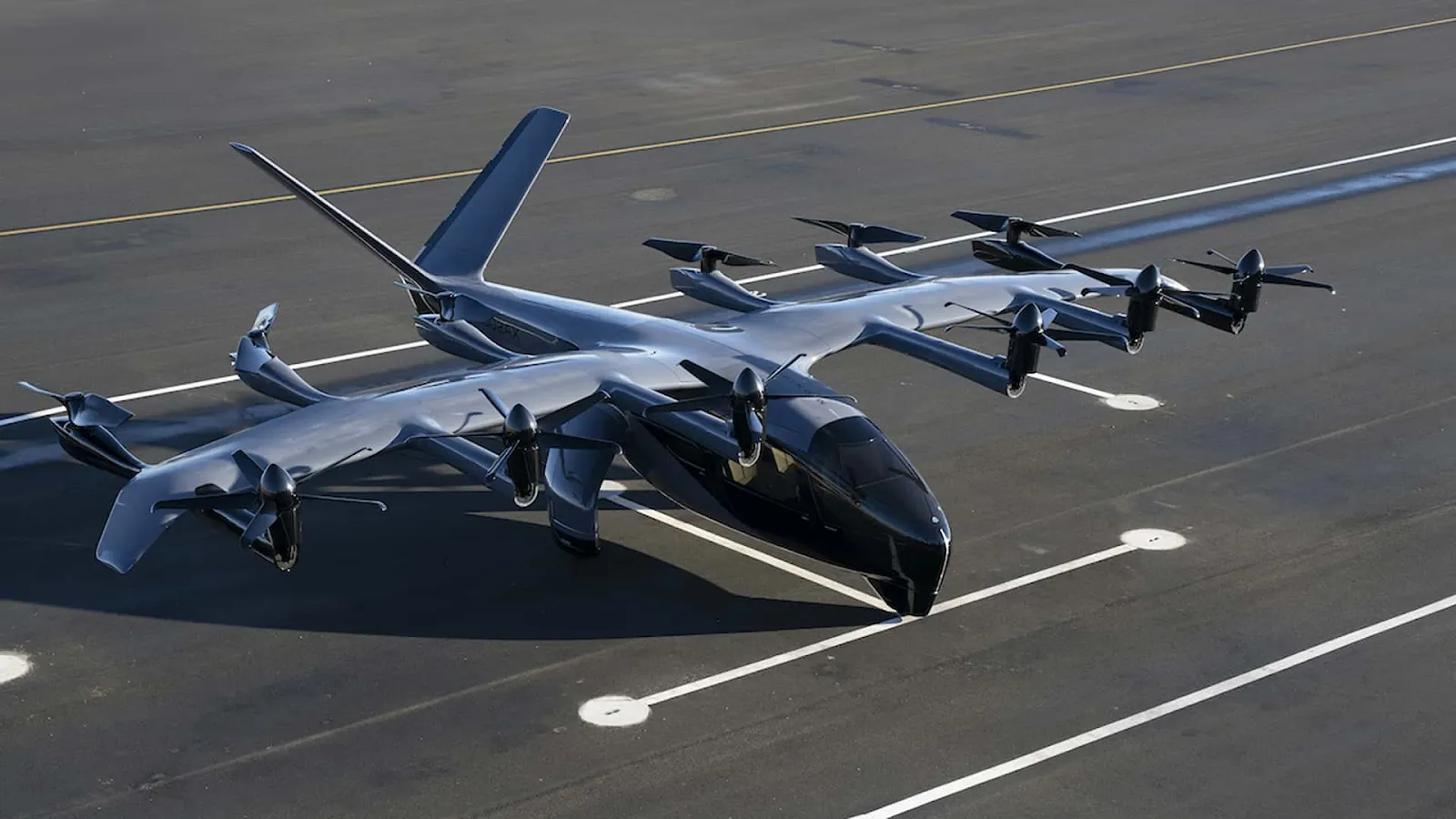
While exact vertiport locations have not yet been disclosed, sources suggest initial sites may include connections between LAX, downtown Los Angeles, and the Westside, where traffic congestion is historically acute. These early routes aim to demonstrate time savings and functional reliability, particularly during critical Olympic operations windows.
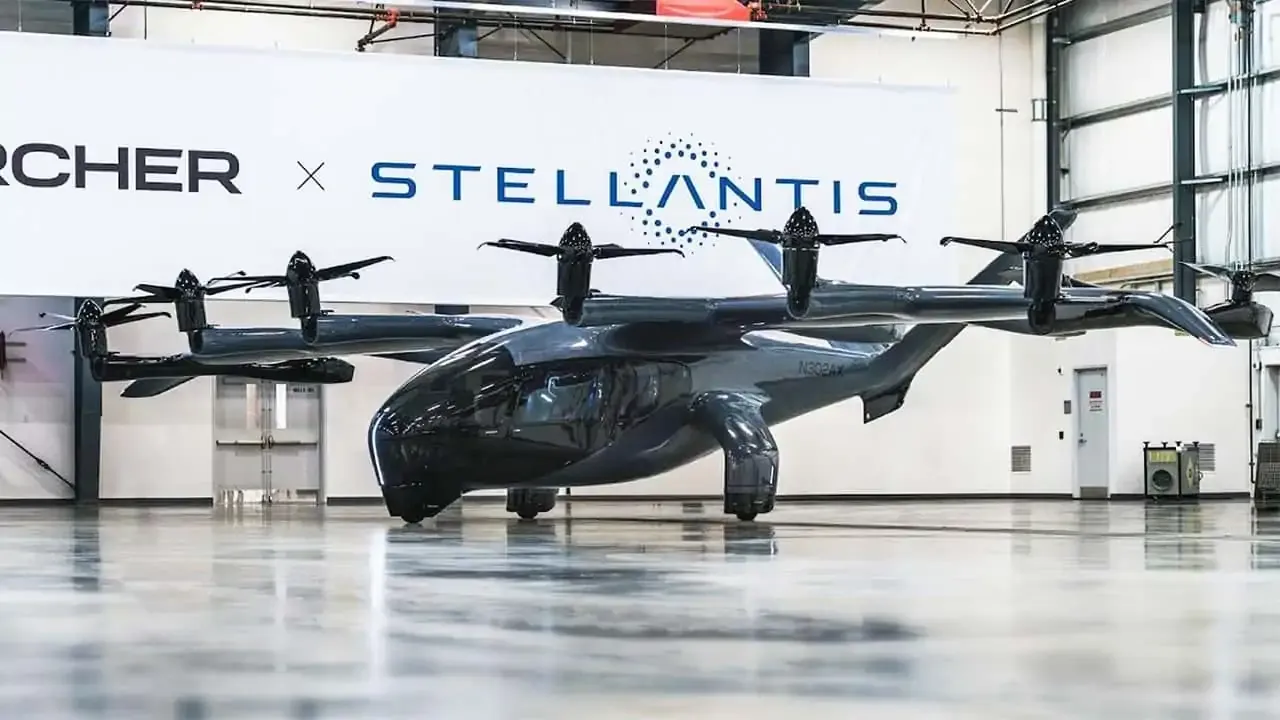
Environmental and Economic Considerations
From an environmental standpoint, eVTOLs offer a more sustainable alternative to traditional road and air transport, particularly for short distances. According to Archer, Midnight’s operations will produce zero tailpipe emissions and will use batteries that are expected to be recyclable after their lifecycle.
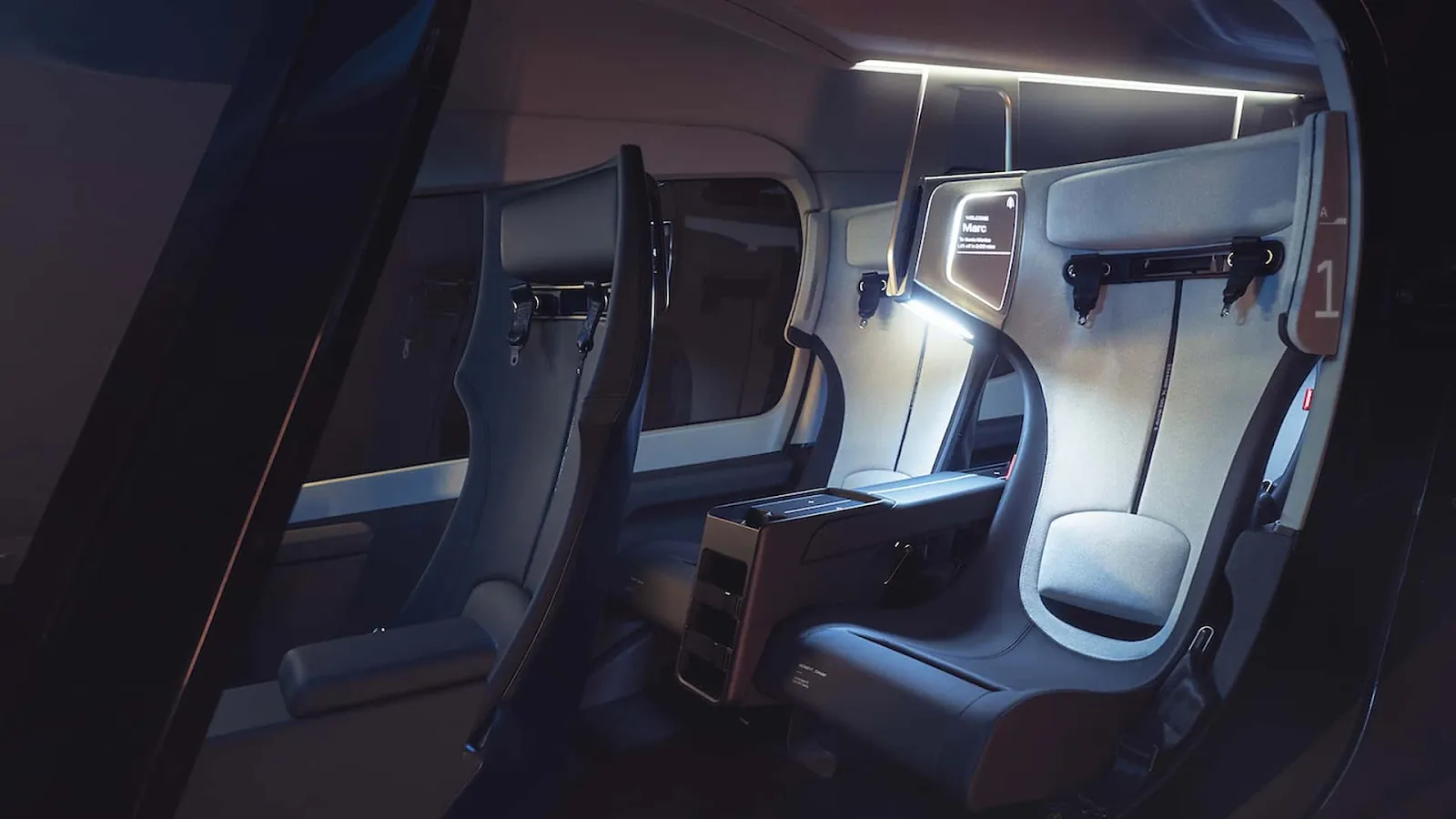
Economically, the implications are far-reaching. Air taxis could reframe the economics of city commuting, shorten travel times, and potentially stimulate new patterns of residential and commercial development, especially in areas not currently well served by mass transit. Although initial ridership during the LA28 Games will be limited, the long-term model envisions air mobility as a scalable, on-demand service with pricing that could one day compete with premium rideshares.
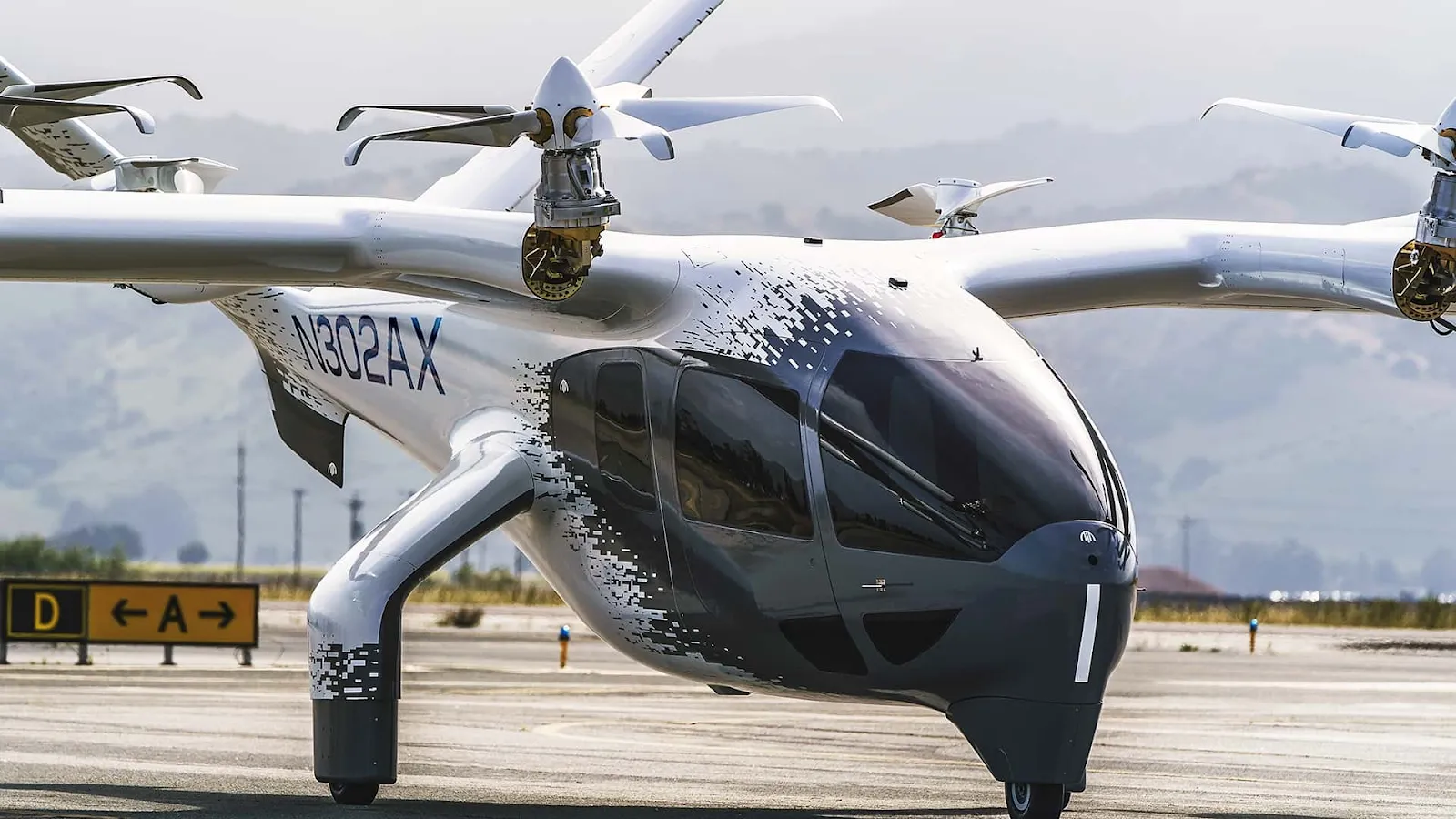
A Cultural and Design Statement
Beyond functionality, the inclusion of air taxis in the LA28 Olympics carries symbolic weight. It reflects a cultural shift toward embracing emerging technologies not just for novelty, but for practical, everyday solutions. The design language of the Midnight aircraft, a sleek, minimalistic fuselage with an emphasis on aerodynamics, aligns with the aesthetics of modern architecture and product design. It’s a visual ambassador for a new paradigm in transportation.
Moreover, the rollout of air taxis in a city like Los Angeles, a metropolis famous for its car culture and sprawl, signals a willingness to reimagine public space and vertical infrastructure. It invites designers, planners, and policymakers to think upward.

Despite the promise, industry experts caution that wide adoption of air taxis remains a longer-term goal. Airspace management, safety regulations, public acceptance, and cost are all critical hurdles. The LA28 Olympics, however, will serve as a key testbed to address these challenges in real-time, on a global stage.
As the countdown to the 2028 Games begins, all eyes will not only be on the athletes but also on the skies above Los Angeles. The success or failure of air taxis could influence urban transportation models for decades to come.
Images courtesy of Archer Aviation.































Leave a comment